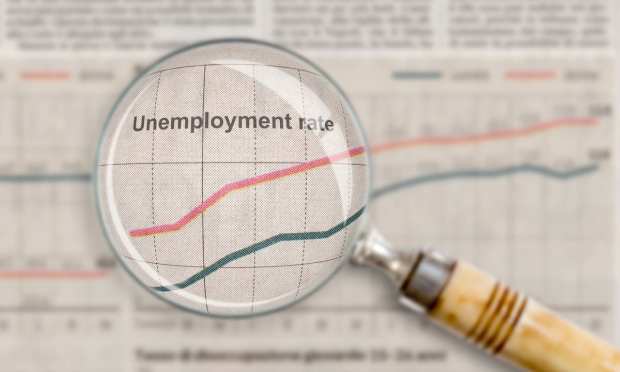Nonfarm Jobs Rise By 49,000, But Pandemic Continues To Hammer Economy

The U.S. unemployment rate fell slightly in January to 6.3 percent as nonfarm payroll employment changed little, rising by 49,000, according to the figures released Friday (Feb. 5) by the Bureau of Labor Statistics (BLS). The increase in the number of jobs was roughly in line with economists’ predictions.
The economy remains stuck in low gear due to the COVID crisis and the resulting economic collapse. “The labor market continued to reflect the impact of the coronavirus (COVID-19) pandemic and efforts to contain it,” the BLS said in its Employment Situation report for January.
The report added that “notable job gains in professional and business services and in both public and private education were offset” by losses in other economic sectors.
January saw a drop of 0.4 percentage point (to 6.3 percent) in the unemployment rate, while the number of unemployed persons decreased to 10.1 million, the BLS reported. That’s a far cry from the unemployment rate of 3.5 percent before the pandemic, with 5.7 million unemployed persons.
Economists had forecast the jobless rate would hold steady at 6.7 percent, The Wall Street Journal reported.
The BLS said that, in January, the number of long-term unemployed (those jobless for 27 weeks or more) was largely unchanged, at 4.0 million, or nearly 40 percent of the total jobless. In addition, 14.8 million persons reported that they had been unable to work or did not get their usual number of hours because their employer had closed or lost business due to the pandemic.
The big gain in employment last month was in professional and business services, which saw an additional 97,000 jobs. On the other hand, temporary help services accounted for most of the gain, with an additional 81,000 jobs. And the economy got hit by job losses in services to such areas as buildings and dwellings, which saw a decrease of 14,000 jobs.
Since last February, before the pandemic hit, employment in professional and business services has dropped dramatically, by 825,000 jobs.
In January, an important area for job gains was employment in local government education, which went up by 49,000, state government education, up by 36,000, and private education, up by 34,000.
However, the BLS said that pandemic-related employment declines in 2020 distorted the normal seasonal buildup and layoff patterns, thus perhaps skewing statistical modeling.
Another area for job gains was in the wholesale trade, which “continued to add jobs in January,” up by 14,000. However, employment in the industry is 263,000 below its February level.
Payroll processor ADP reported Thursday (Feb. 3) that U.S. businesses added 174,000 jobs in January. The report, which only covers private sector jobs, showed job gains beat economists’ forecasts, per multiple reports. Economists predominantly anticipated the addition of 50,000 jobs in January after a loss of 140,000 in December, per multiple reports. ADP’s National Employment Report is produced in collaboration with Moody’s Analytics.